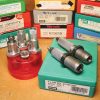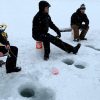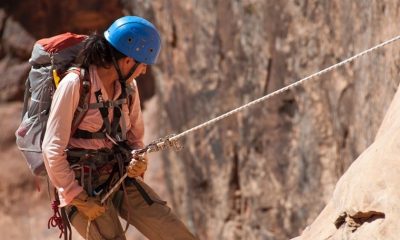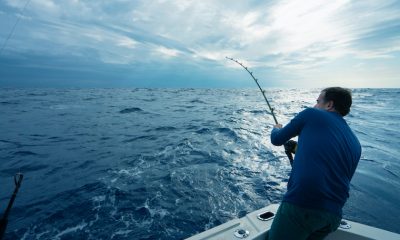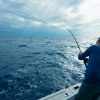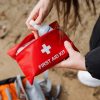Sports & Travel
Hiking & Hydration: Water Filters & Purifiers That Can Benefit You on the Trail
I’m a person that never goes anywhere without bringing along some water. While filling up my reusable stainless steel bottle works just fine for the morning commute, a long hike or multi-day backpacking trip requires greater amounts of water. But carrying around enough water to keep you hydrated as you’re sweating and moving along the demanding Australian trails is simply not practical. On top of your other gear, it will weigh you down.
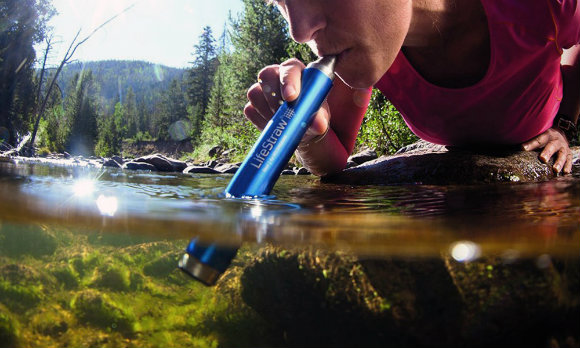
Considering this, most hikers need to rely on natural sources to stay hydrated, such as streams which often intercept with the trails. However, not all natural water sources are safe, and even the most pristine-looking stream can make you sick. Livestock and wildlife using the stream can transmit contaminants in the water usually through their fecal matter. And the more and more people explore wild areas, the more contamination levels rise.
So, if you’re not willing to play Russian roulette with Escherichia Coli, salmonella and other waterborne pathogens, you will need to know how to filter water properly when you’re outdoors. Let’s take a look at the types of portable water filters and purification methods you can conveniently use when hiking.
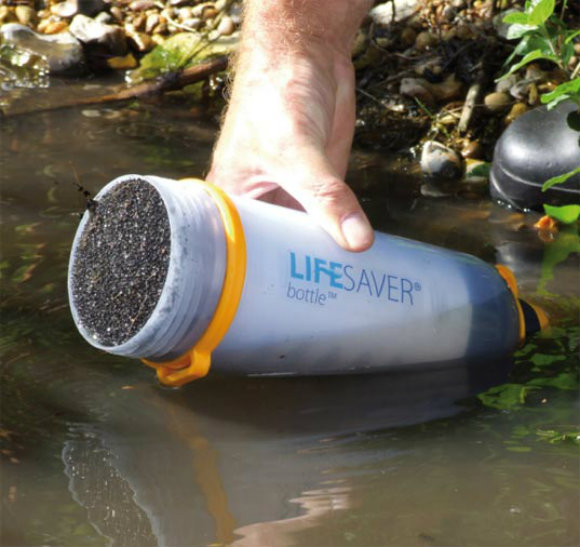
Filter Water Bottles
If you’ve ever visited a hiking supply store, I’m sure you’ve already seen bottles that claim to be able to filter water. Do filter water bottles really work? Well, in most situations they do. Most filter water bottles use a 2-stage filtration system consisting of a hollow fibre membrane and activated carbon. The membrane can effectively remove many waterborne microbes, such as protozoa (Giardia and Cryptosporidium) and bacteria (Escherichia Coli and salmonella). The activated carbon can eliminate bad odours as well as chlorine, lead and other chemicals and pesticides. However, filter water bottles aren’t as effective against viruses which are very small and can slip through the fibre membrane.
Gravity Filters
Gravity water filters can process large quantities of water which makes them suitable for a big group of hikers. They are made of a reservoir and an advanced ultra-filtration membrane, and purify water with the help of gravity. You simply fill up the reservoir and allow gravity to do its work. As they require no electrical power or batteries, these types of filters are easy to use and carry around. It’s recommended to look for a gravity filter that has a membrane with a 0.02-micron pore size that can remove virtually all bacteria, protozoa and viruses potentially contaminating the water.
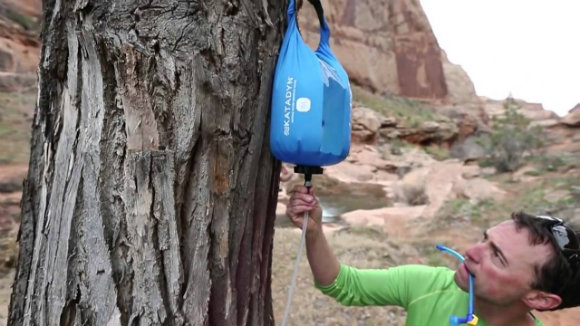
Pump Filters
As the name suggests, these water filters physically pump the water through a filtration system that traps most impurities. They are made of a reservoir, a pump you can operate with one hand, and tubes through which the clean water exits. As a result, these types of filters can be convenient to carry around. You can simply fill the reservoir up and place it in your backpack and then drink through the tubes on-the-go. They are efficient in removing protozoa and bacteria, however, they do not filter viruses or salt.
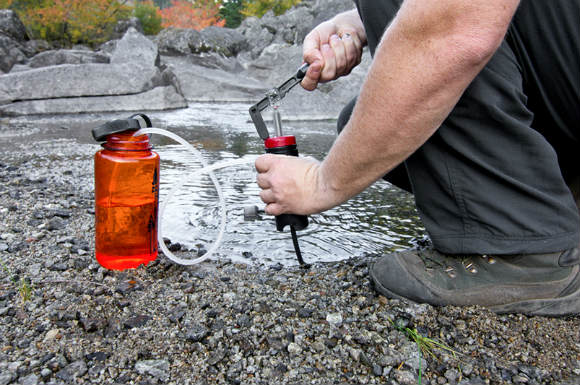
Chemical Purifiers
Chemical water purifiers come in either tablet or liquid form. It’s recommended to look for a purifier containing chlorine dioxide which can kill all bacteria, protozoa and viruses. Depending on the amount of water, chemical purifiers can take from 15 minutes to 4 hours to work. With that being said, this type of water purification tends to work best for individuals and smaller groups, as the larger the amount of water, the more time it takes for them to work.
UV Light Purifiers
UV lights excel at killing all pathogens found in the water. They fry all viruses, protozoa and bacteria they come into contact with. UV lights for water purification purposes are usually thin like a pen, and can be easily placed in a water bottle. They are usually battery-operated, but there are rechargeable options as well. However, it’s important to mention that UV lights tend to work for water placed in smaller containers, like for instance a 0.5L, and usually aren’t as effective for water in larger containers.
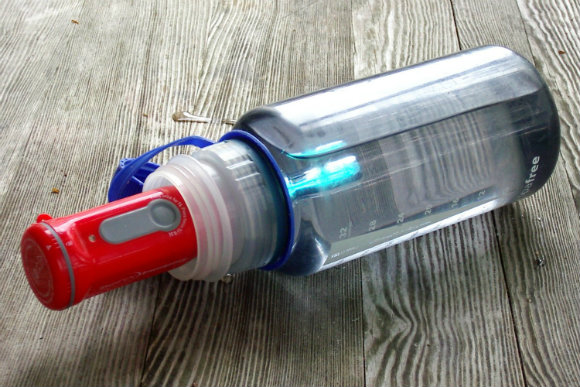
Final Thoughts
Now that you are aware of the advantages and downsides of all these different filtration and purification options, you can determine which method would work best in your situation. If you’re hiking in an area where there are less people, there’s also less of a risk that the water is contaminated with viruses. In this case, a simple filter water bottle can prove to be enough.
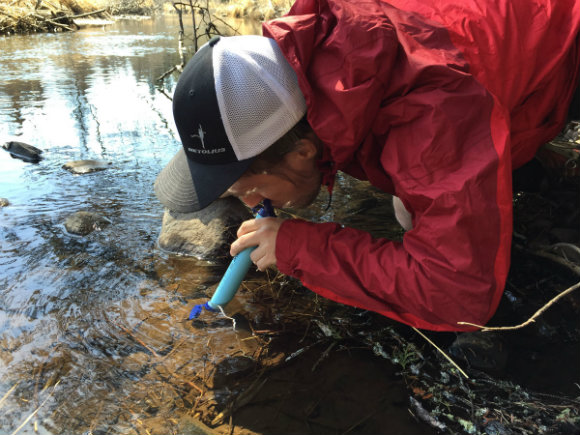
On the other hand, if you’re hiking in an area where viruses are a threat, like for instance a high-traffic trail, then it’s essential that you use a water purification option such as a UV light or a chemical treatment. However, while water purifiers do deactivate microorganisms, they do not get rid of any particles in the water. What’s more, particles in the water can decrease the effectiveness of the UV light or chemical treatment to some degree. Considering this, a filter plus a purifying solution it the best way to make sure the water is 100% safe to drink.
Having access to clean water is essential when you’re exploring the outdoors. No matter how experienced you are, there’s always the risk of getting lost or stuck. While a human can go on without food for up to three weeks, just ask Mahatma Gandhi – without water a person can usually last for about 3 days.
As a proud Pisces known for the selflessness, Olivia joined up the blog fascinated by the idea she can help readers with info on topics and their related benefits like health and beauty, travel, food and drinks. When not writing, she likes to call it a day reading comic books in the company of her Tonkinese cat Chatty or binge-watching The Big Bang Theory with her SO like the nerd she is.


